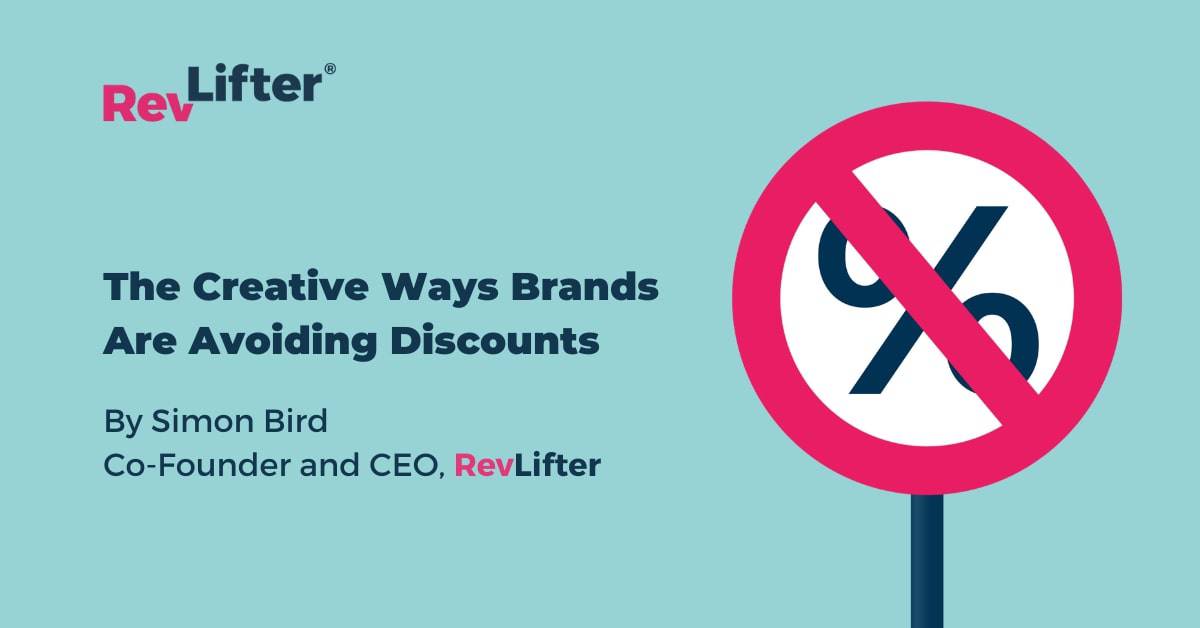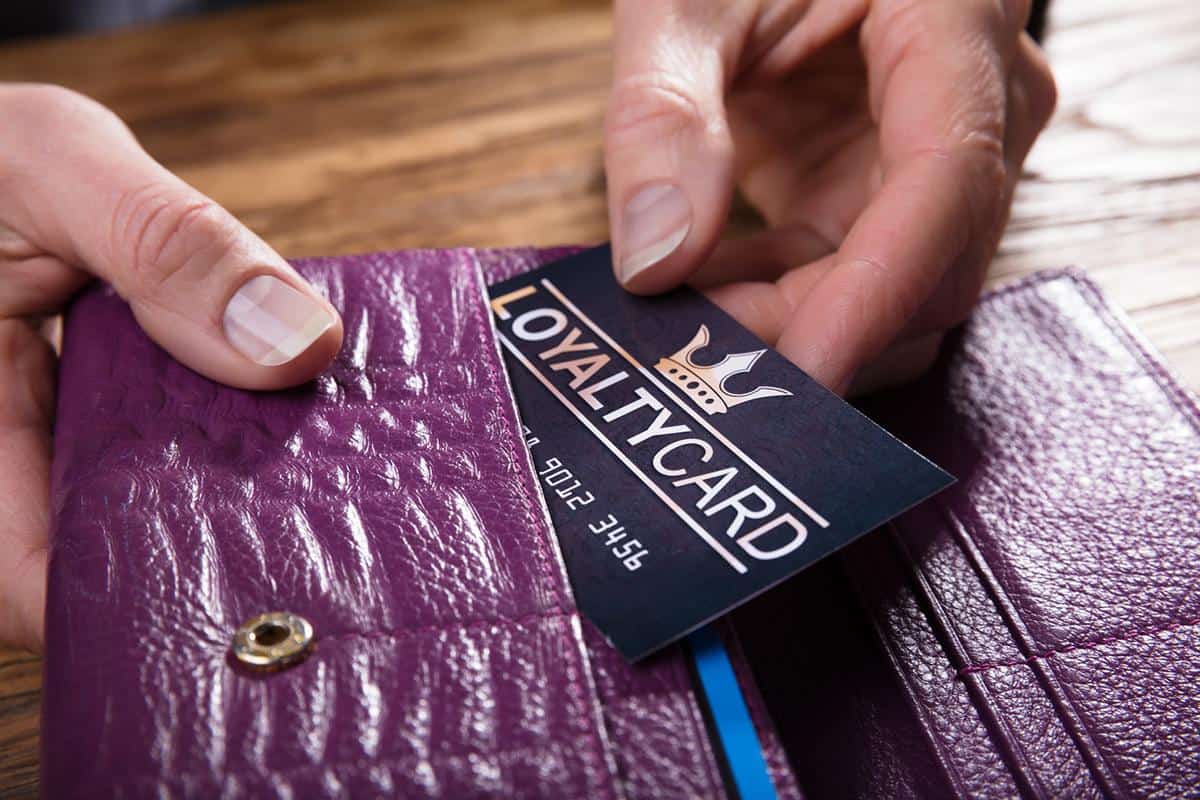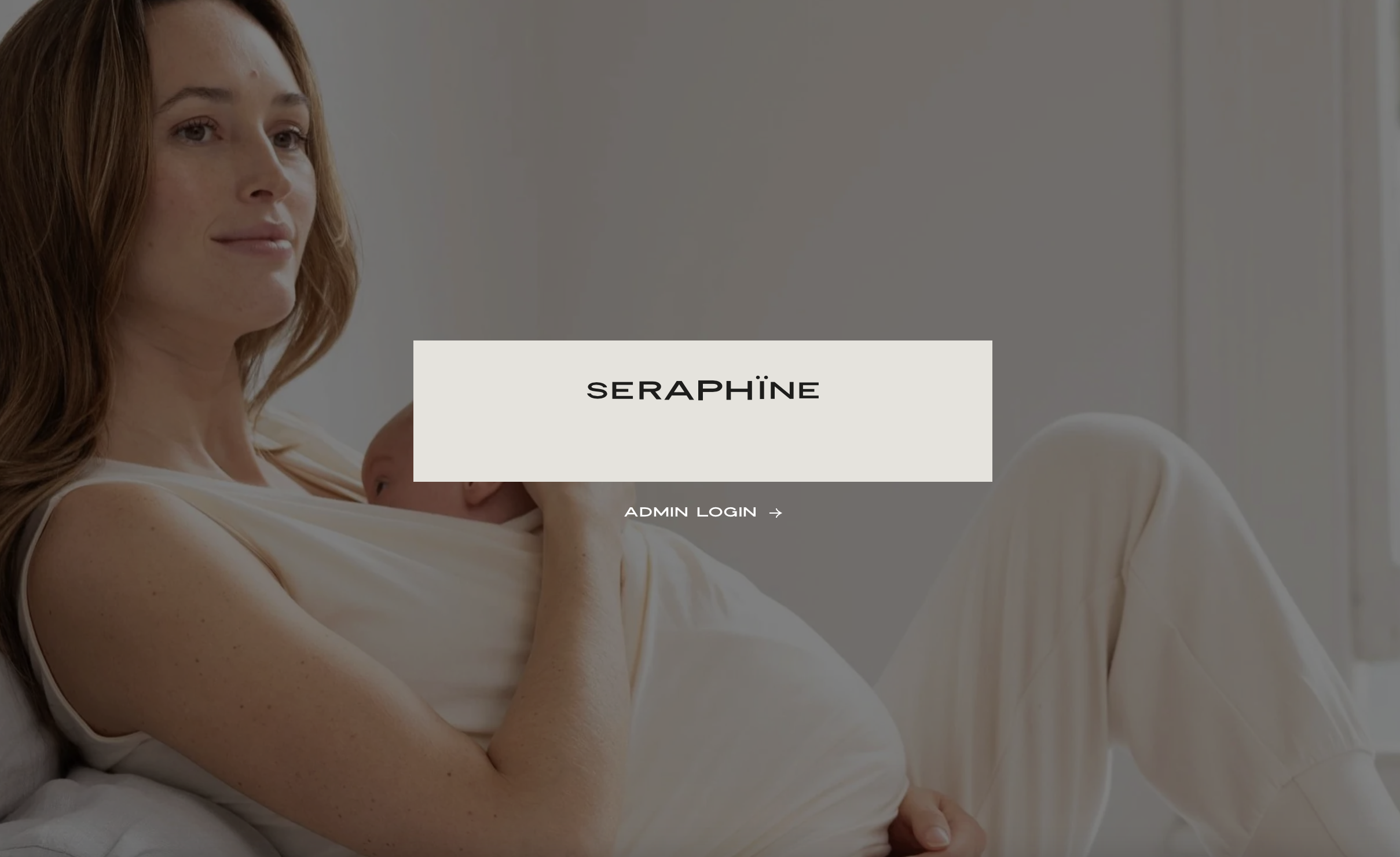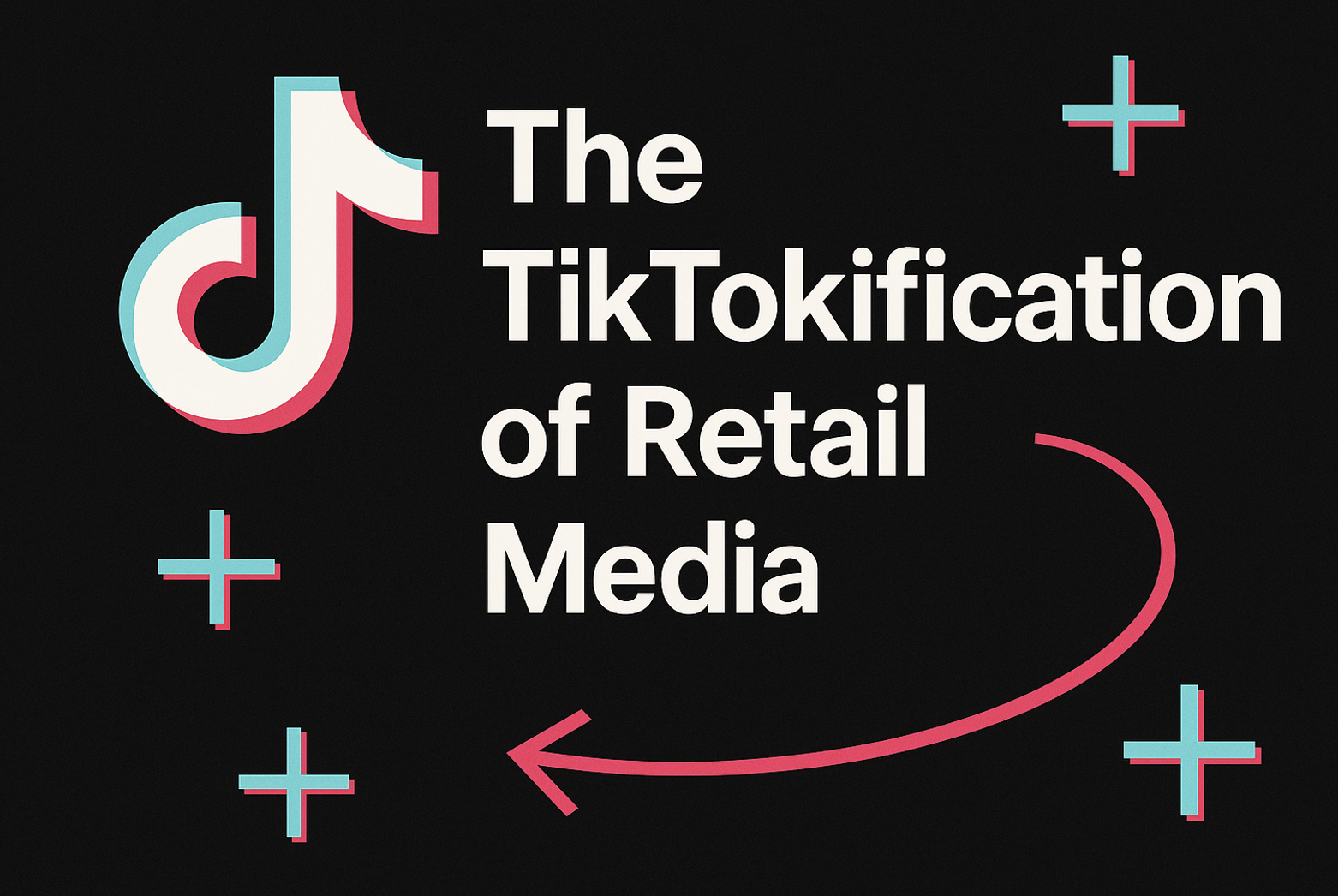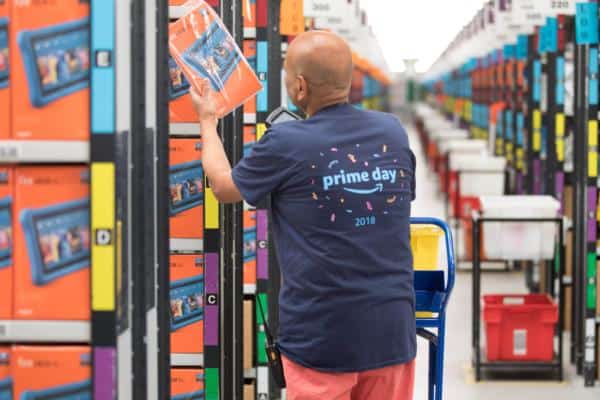By Simon Bird,
Co-Founder and CEO, RevLifter
…….
The recession isn’t here yet. But months of slow sales growth and low consumer confidence have presented numerous challenges for online retailers. One, in particular, is harming retailers and shoppers in equal measure: the viability of discounts.
Historically, promotions have been viewed as an effective tool for driving sales at times when shoppers need an extra push. ‘Incentive-based’ publishers like cashback and voucher sites grew exponentially during the 2008 recession as consumers took to saving money wherever they could.
Unfortunately, the rising cost of goods has virtually ruled out any new discount renaissance in 2023. Last year, retail margins sank to their lowest level in over a decade, making it unfeasible to issue discounts unless a profitable outcome is guaranteed.
From RevLifter’s unique vantage point of serving personalised offers for hundreds of brands in beauty, fashion, consumer electronics, telecom, and more, we’ve seen a noticeable eschewing of broad, site-wide discounts. On the positive side, we’ve seen a real showcase of creativity to get customers to buy again.
Incentives that aren’t incentives
There is no one way to incentivise a customer without resorting to voucher codes. However, there is definitely a running theme with retailers switching discounts for something already under the microscope: shipping.
According to a recent survey from Statista, seven in 10 UK shoppers (69%) cite free shipping as their most important factor when choosing a delivery option, above speedy shipping (53%), free returns (54%), and tracking (47%).
As Reuters reports, many brands are currently revising their policies around free shipping as inflation and rising logistics costs make the offer “unsustainable”.
To capitalise on the popularity of free shipping, retailers have started using it to increase spend per customer and average order values (AOV).
Typically, the retailer will show the customer how much extra they need to spend in order to get free shipping. Usually, this requires using a progress bar to gamify the ‘incentive’ and help the shopper track their progress.
What’s most fascinating about this replacement is its effectiveness. We recently pulled a report from a US consumer electronics brand that still offers discounts within an ‘offers hub’ on its website. A free shipping promotion was included in the stack of incentives as a hook for low-spending customers. It was the second-most-popular offer, driving more conversions than several money-off promotions.
The only cost to the retailer is information on its minimum requirements for free shipping. Meanwhile, the customer actually increases their order size. We’ve spoken to many retailers who believe it’s a winner for driving profitable sales.
Value messaging
While research does show consumers putting price as their top purchase driver, even above fast-growing concerns like sustainability, there is definitely scope for forms of value messaging to beat the competition.
One of RevLifter’s brands, a specialist in workwear, has a price promise that displays as soon as a customer shows intent to abandon their cart. It’s a timely message that makes them consider if it’s worth trawling around countless sites for an offer that might not be there.
Other brands focus on the merits of their products or services, highlighting sustainability or quality in an exit-intent scenario. It’s a tougher play for brands trying to increase their direct revenue and prevent customers from abandoning to resellers, usually for a cheaper price. In these instances, margin-friendly promotions based on loyalty points or gift cards are common alternatives.
Boosting experiences
There’s logic in the belief that retailers could make great long-term investments this year.
Rather than using discounts for a quick lift, there’s the opportunity to fix ever-present challenges around abandonment, driving conversions, and boosting AOV in more valuable and long-lasting ways.
More and more brands are considering how to keep customers engaged and converting. For that, it pays to invest in a customer experience that impresses them the first time and makes them want to return.
I have to say, beauty brands are leading the way on this front. Trends like user-generated content give shoppers a much truer version of how a product looks on a real buyer rather than a model in a studio. It’s no surprise to see cosmetics brands in particular integrating UGC within their product pages.
For the next step, brands like Estee Lauder, Shiseido, Chanel, and Revlon have adopted virtual ‘try-on’ solutions that help consumers see which product suits them best. Would consumers prefer to get ‘10% off’ a product they can’t try or pay full price for something they know will work? It’s hard to say. But with more shoppers getting extra assurances over what they’re buying, I’d wager that far fewer will look for a discount to justify their purchase.
Brands would be wise to use this current period to assess whether they have the necessary tools to create a quality experience. These investments could act as much-needed purchase drivers, but they might also solve extra challenges, like reducing returns or driving repeat transactions.
Here to stay?
Retailers avoiding aggressive discounts makes for a hugely positive movement. But of course, what we’re seeing could be incredibly short-lived.
The latest figures show the UK economy narrowly avoiding a recession in Q4 2022, while March 2023 brought news of the highest level of consumer confidence in over a year.
If we really are predicting brighter times ahead, I truly hope that retailers don’t forget all the lessons they’ve learned over the past six months or so. Discounts certainly have a future in the retail mix, but rather than prioritising short-term gains, we should use them in situations where it makes sense.
Whether it’s driving new customers, rescuing sales that are about to lapse, or re-engaging customers, there’s always a scenario where discounts can help. If promotions do make a return, I’d implore brands to be more selective over how they’re used for a greater gain over a much longer period.
